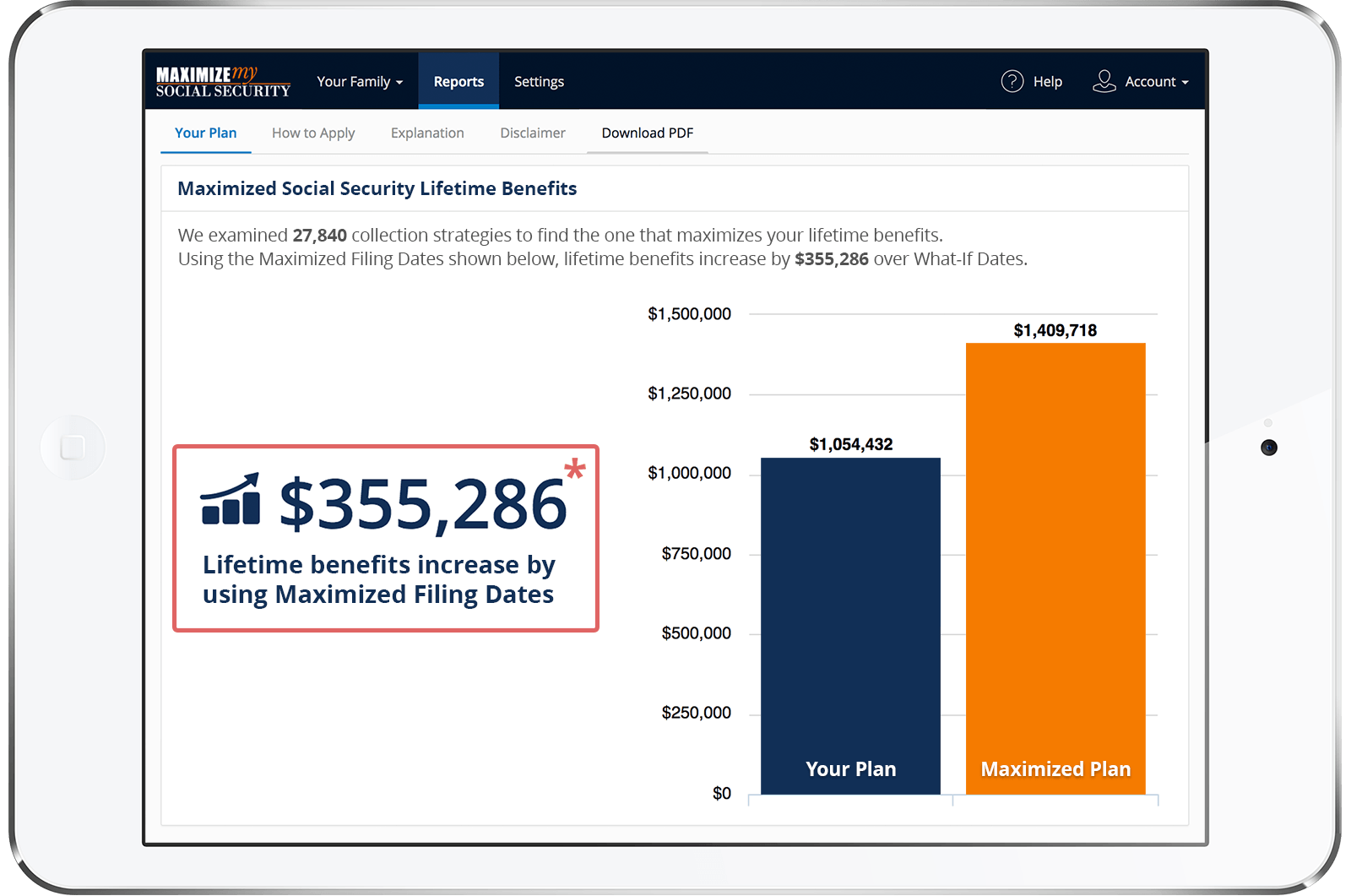How do the annual and monthly earnings limits get applied if someone applies mid-year in the year in which (but before the month in which) they reach full retirement age, when their earnings through the month before their birth month already exceed the FRA-year earnings limit? In particular, when a third of the excess would already be more than the total of the benefits for the months remaining until the birth month? In that situation, is there any possible reason to file early instead of waiting until the birth month?
To be concrete, in 2018, the FRA-year earnings limit is $45,360, or $3,790 a month. Assume a mid-November birthday, earnings of $79,800 through October 31, and an estimated FRA (November) monthly benefit of $2560. I'm unclear whether the right application of the limits is A or B below. Would you please set me straight?
(A) $79,800 minus $45,360 = $34,440 over-limit, which divided by 3 means a $11,480 reduction, applied by not issuing any checks until the total benefits withheld exceed the reduction amount. The $2560 FRA-level check is reduced to $2503 (97.8%) because of the early July claiming, making four months at that level total to $10,012. So a $11,480 reduction will completely eliminate the checks for July, August, September, and October; there won't be even a penny to issue a check for in January of 2019. The first check will be for November (when no earnings limit applies), issued in December. Fortunately, since benefits will have been reduced completely to zero for each of the four July-through-October months, a case review will add four months back to the effective claiming age, so benefit amounts going forward will be treated as if retirement had been in November at FRA, anyway, instead of July, thus bringing monthly levels back to 100% of FRA -- all a wash.
(B) A couple of sites seem to say that when the first year of claimed benefits is also the FRA year, then a claimant can use monthly limits instead of yearly limits. If so, then beginning in July, the monthly limit is $3,780 ($45,360/12); the monthly income is assumed to be $7,980; and that's $4200 in excess of the monthly limit, meaning a reduction of $1 for $3 has to be made. That would lead to a monthly reduction of $1400 (one-third of $4200), so a check would be issued in each of the four months of July-October for $1160 ($2560 minus $1400) -- although the benefit level would be fixed lifelong at the 97.8% level.
I think (A) is right and not (B), for two reasons. First, some SSA materials seem to indicate that the first-year-rule monthly limit, whether in the FRA year or not, is not a threshold for a 1-for-3 reduction, but instead is a sharp-line definition of whether one is or isn't "considered retired," and exceeding the line by even a dollar means no check at all, not just one reduced 1-for-3. Second, the examples at the SSA site always involve whole checks withheld or none, never reduced-amount checks. Unfortunately, none of the examples at ssa.gov is fully on point. They all involve (1) people who claim for their entire FRA year beginning in January, not mid-year before their FRA, or (2) smaller incomes and earnings limits, such that only two or three checks might be withheld in those examples in order to account for the reduction before the birth month is reached. No example involves claiming at a time when a 1-for-3 reduction of benefits leads to a reduction amount that completely exceeds the total of what the checks for intervening months would be.
Could you please speak to this question?
Hi,
Everything you described in (A) is accurate. (B) is not accurate because the monthly earnings test is an either/or test. In other words, you either earn more than $3780 in which case you can't be paid any benefits for that month, or you earn $3780 or less in which case you can be paid your entire check for that month (https://www.ssa.gov/planners/retire/rule.html).
Best, Jerry
